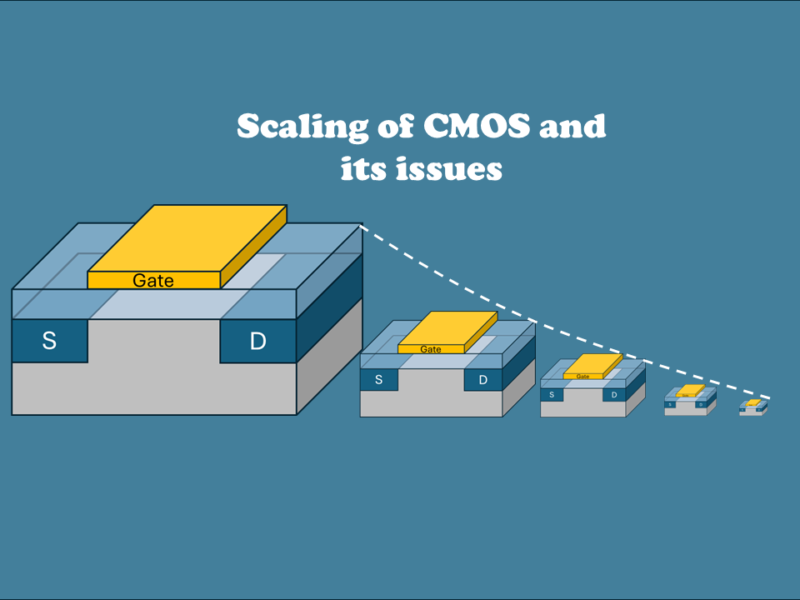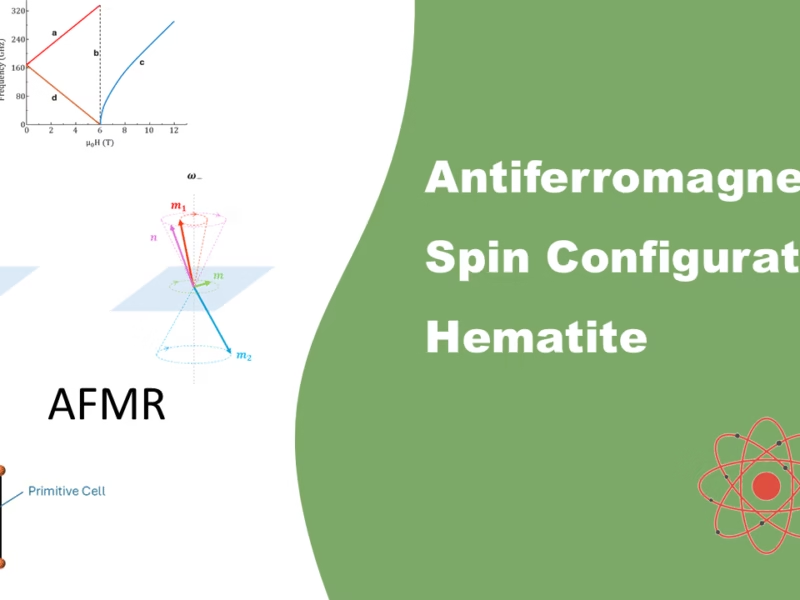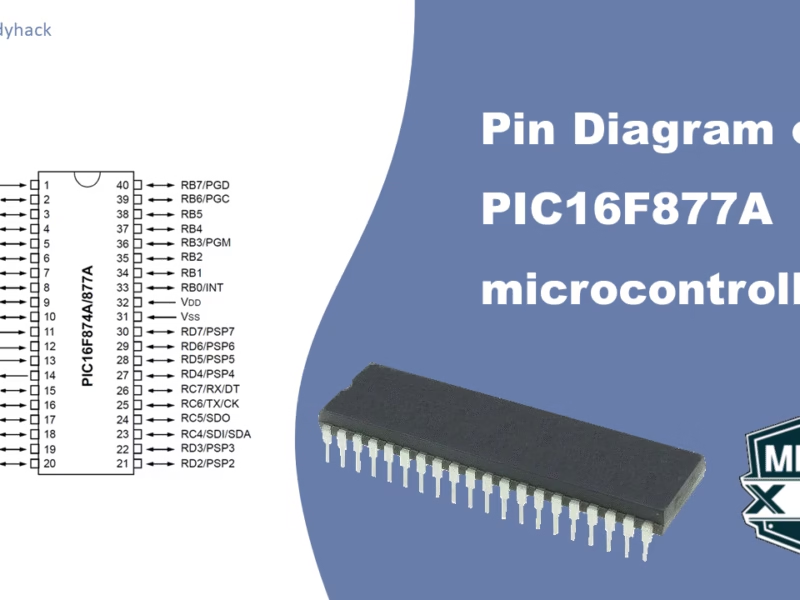This guide on APA referencing and in-text citation is based on the 7th Edition of the APA manual. We will discuss the APA in-text citations for different options.
I’d recommend to read the other posts if you require more details and more examples on each topic:
1. In-text citations
APA in-text reference style is based on author-date format. That means that you have to use the author’s surname and the year of publication of the source in the text between parentheses, e.g. (Jordan, 1999). Each time you make use a source, you add it to the reference list at the end of the paper, manuscript or other kind of work. The above described format has one exception:
- When you refer to an idea, but do not directly quote the material (paraphrase/summarize), you can use the above described rule e.g. (Jordan, 1999).
- If you are directly quoting the work from a specific page of the source, you should include the page number in between the parentheses. The abbreviation “p.” is for a single page and “pp.” is for multiple pages. Examples are (Jordan, 1999, p. 5) or (Peele, 2011, pp. 19-24)
An alternative method would be when you introduce the topic to the readers in the following way:
According to Jordan (1999), “regular people cannot jump high enough” (p. 5).
Peele (2011) noticed that “Creating comedy videos is a very lucrative business” (pp. 3-4).
For quotations that are longer than 40 words, they have to be separated from the main text in a text block that is fully indented 1/2 inch from the left margin. This block may have a signal phrase such as “Jordan’s (1999) study found that..” and should end with the page number (p. 15).
No author
If there is no author, your in-text citation should be the first one or two words of the title. APA style mentions that all important words of the in-text citation of the title should be capitalized.
- Titles of books/reports are italicized.
- Titles of articles/chapters/websites are in “quotation marks”.
Narcissistic people were found to be less gullible (“Narcissistic Genre”, 1987).
If no date is available, use “n.d.” for no date.
Single author
APA manual mentions that for a single author, the author’s name and date style would suffice, as described in the first section.
Narcissistic people were found to be more gullable (McGill, 2011).
McGill (2011) explained that most narcissistic people were found to be more gullible.
Two authors
Use both surnames in the in-text citation with the year of publication. Use the word “and” for in text and use “&” when the authors are mentioned within the parentheses.
Narcissistic people were not found to be more gullible (McGyver & McGill, 2012).
McGyver and McGill (2012) explained that most narcissistic people were not found to be more gullible.
Three or more authors
List only the first author’s name followed by “et al.” with the date of publication. If there are any complications with similar names and dates, add a second authors name.
(Jordan et al., 1999).
In case of conflicting multiple names add the second author’s name (or third if it keeps conflicting).
(Jordan, Niang, et al., 2001).
Citing multiple authors in the parentheses
When you are using ideas from multiple works in one paraphrased text, you can put both works (or more) in the parentheses separated by a semi- colon
(Niang, 1932; Wang, 1987).
Authors with the same name
To avoid ambiguity when citing two different authors with the same name, you can add the first initials of the author.
(M. Jordan, 1999; L.F. Jordan, 2022).
Organization is the author
Certain organizations have a well-defined abbreviation, you can include this within brackets in the first reference, and any other reference can use only the abbreviated part. If there is any ambiguity, try to avoid using the abbreviated names.
First reference: (World Health Organization [WHO], 2019).
Second reference (WHO, 2019).
Citing indirect sources
It is possible you read a secondary sources, which reported on the original source (primary source). Try to refer to the primary source. If this is impossible, name the original source in the signal phrase. List the secondary source in the parentheses.
Hendricks showed that … (as cited in Andersson, 2011).
(Hendricks, 1999, as cited in Andersson, 2011).
Electronic sources
Try to cite it with the author and date style as all other documents.
Other sources
If may happen you come across a source that is not described. If that happens, it is acceptable to apply the general principles of the APA manual, so that it resembles similar type of citations.
Electronic sources
Try to cite it with the author and date style as all other documents.
Other sources
If may happen you come across a source that is not described. If that happens, it is acceptable to apply the general principles of the APA manual, so that it resembles similar type of citations.
Other sources
If may happen you come across a source that is not described. If that happens, it is acceptable to apply the general principles of the APA manual, so that it resembles similar type of citations.










